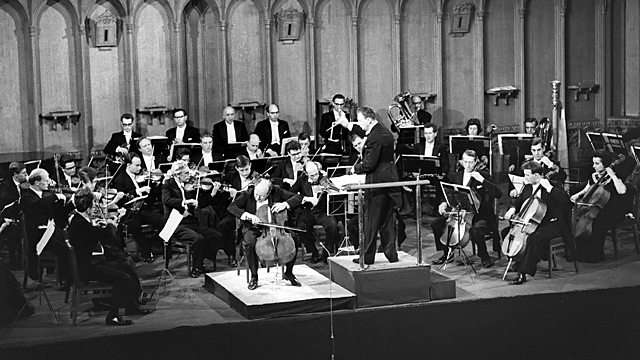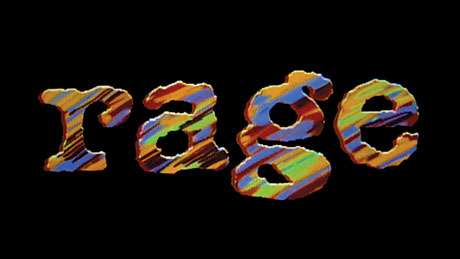
This blog post was originally published by the AHRC. After The Fast Show, how does one present jazz on television?

This blog post was originally published by the AHRC. After The Fast Show, how does one present jazz on television?

Music 625: The Performance of Music on Television, c.1955-’85 Call for papers A Conference at the School of Music, University of Leeds 8-9 June 2018 With the support of the Sadler Seminar fund at the University of Leeds Convenors for the University of Leeds: Tim Boon, Marian Jago, James Mooney, Simon Popple and Edward Venn ‘Music 625’ refers to the television era ushered-in by the higher definition output of BBC2 in 1964.

In an account of Roland Kirk’s appearance on the television programme Soul! , Gayle Wald argues that the mediation of a television camera “renders the affective power of Kirk’s performance more immediate and more suspenseful than it might have been in a nightclub setting” (2015: 124-125). With these words, Wald explodes dominant myths in jazz regarding the primacy of live performance and counters widely-held suspicions regarding the

Music video program Rage made its debut on ABC TV 30 years ago this week, on Friday April 17 1987. At the time of its debut Rage was one of five similar music video programs on Australian TV including Video Hits and a local version of MTV. As the others slowly died, morphed or were replaced, Rage has continued with an unwavering commitment to giving Australian audiences access to the weird and wonderful world of music videos.

British history is full of strange and disturbing noises. They rebound and echo, providing a constant reminder to future generations of the violent noises of the past- signalling colonial atrocities, and the stifled disenfranchised voices of class and gender inequalities.

In 2013, Carol Vernallis published a brilliant book called Unruly Media: YouTube, Music Video and the New Digital Cinema . In it, she eloquently describe the ‘media swirl’ which characterises the contemporary audiovisual landscape: characterised by heightened sonic and visual aesthetics in music and YouTube videos, these forms are impossible to sort into neat generic categories.
The death of Prince and the triumph of Leicester City in the English Premier League. One inevitable, the other not so. Each, untimely. No-one really knows as yet why either event occurred. One should become clear in the near future, while the other may remain eternally mysterious.
British television fans need no convincing of James Corden’s smiley, shiny, naughty wonderful. From host to writer to actor to bloody nice singer and dancer, he’s annoying good at many showbizzy things (plus, he seems just annoyingly nice generally). Gavin and Stacey was when I really got to know him.
At the moment I’m editing a book on Music in Comedy Television. As part of the project I decided to go back to iconic pieces of comedy television I remember having had a musical impact, starting with 80s sitcoms (judge me, go on). I was expecting that some of the bits would have aged badly – comedy often does, particularly as standards for social and political correctness develops.
Doctor Who fans were perhaps expecting a slow 2015.